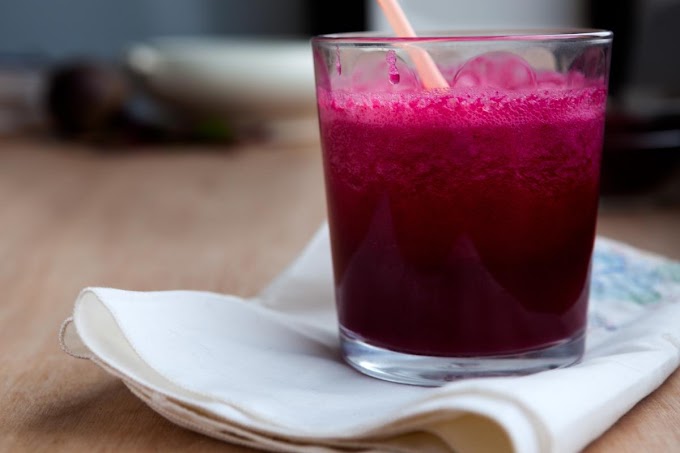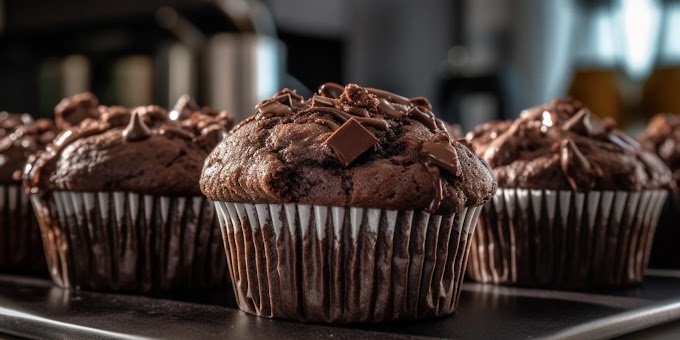Panjiri is a traditional Indian and Pakistani sweet dish that is both nutritious and delicious. It’s often enjoyed during the winter months or given to new mothers due to its energy-boosting properties and its ability to help with postpartum recovery. Made from a combination of dry fruits, nuts, whole wheat flour, and ghee (clarified butter), panjiri is rich in calories, making it perfect for anyone needing a nutritious boost. In this blog, we'll dive deep into how to make panjiri at home, the health benefits it offers, and tips to customize this dish to suit your preferences.
The Origin and Cultural Importance of Panjiri
Panjiri originates from the Indian subcontinent, where it has long been a staple in many households. It is particularly popular in Northern India and Pakistan and has deep cultural significance. Traditionally, it is prepared and consumed during the colder months to provide warmth and immunity against the cold. In Punjabi households, panjiri is also offered as a prasad (religious offering) in temples and is distributed during religious ceremonies.
For new mothers, panjiri is an essential part of the postnatal diet. It is believed to help with lactation, replenish energy, and aid in the healing process after childbirth. The dish is packed with ingredients that are known to be restorative and nourishing.
Health Benefits of Panjiri
Panjiri is much more than a sweet snack; it offers a range of health benefits that make it a fantastic addition to your diet:
Boosts Energy: The high calorie content from the whole wheat flour, ghee, and nuts provides an instant energy boost. This makes it ideal for those needing extra energy, such as new mothers, children, or people recovering from illness.
Aids Digestion: Many versions of panjiri include herbs like fennel seeds, ajwain (carom seeds), and ginger powder, which help with digestion and prevent bloating or indigestion.
Improves Immunity: Ingredients such as almonds, cashews, and seeds are rich in antioxidants, essential fatty acids, and vitamins that help boost the immune system.
Good for Bone Health: Ghee and nuts are rich in calcium and vitamin D, which are vital for maintaining strong bones. This is particularly beneficial for new mothers and growing children.
Postpartum Healing: The nutrient-dense ingredients in panjiri, including ghee and gond (edible gum), support postpartum recovery. These ingredients help in restoring the body’s strength and aid in the production of breast milk.
Ingredients for Making Panjiri at Home
The beauty of panjiri is that it can be customized to suit your preferences. However, the traditional recipe uses a few essential ingredients. Here’s what you’ll need:
Whole wheat flour: 2 cups
Ghee: 1 cup (or adjust based on preference)
Sugar: 1 cup (can use jaggery or brown sugar for a healthier option)
Almonds: 1/2 cup, chopped
Cashews: 1/2 cup, chopped
Pistachios: 1/4 cup, chopped
Raisins: 1/4 cup
Melon seeds: 2 tbsp
Gond (edible gum): 1/4 cup
Fennel seeds: 1 tbsp
Ajwain (carom seeds): 1 tsp
Ginger powder: 1 tsp
Poppy seeds: 1 tbsp (optional)
Cardamom powder: 1 tsp
Step-by-Step Recipe for Panjiri
Now that you have your ingredients ready, let’s dive into the process of making panjiri at home. The recipe is simple but requires attention to ensure that the ingredients are properly roasted to release their flavors and maintain their nutritional value.
Step 1: Roasting the Wheat Flour
Heat a heavy-bottomed pan or kadhai on medium heat. Add 1 cup of ghee and let it melt. Once the ghee is melted, slowly add the whole wheat flour, stirring continuously to avoid lumps. Keep roasting the flour on low heat until it turns golden brown and gives off a nutty aroma. This process can take around 10-15 minutes, so be patient and stir continuously to ensure the flour doesn’t burn.
Step 2: Frying the Gond (Edible Gum)
In a separate small pan, heat a little ghee and fry the gond. The edible gum will puff up as it fries. Make sure to fry it on low heat to ensure it cooks evenly. Once puffed, remove the gond from the pan and crush it coarsely.
Step 3: Roasting the Nuts and Seeds
In the same pan where you fried the gond, add a little more ghee if needed and roast the almonds, cashews, pistachios, melon seeds, and raisins until they turn light brown. Set these aside once they are roasted.
Step 4: Mixing the Spices
Add fennel seeds, ajwain, and ginger powder to the roasted flour. These spices are not only great for digestion but also enhance the flavor of the panjiri. If you prefer a stronger flavor, you can slightly increase the quantity of these spices.
Step 5: Adding Sweetener
Add sugar or jaggery to the roasted flour mixture. Stir well to combine. If using jaggery, make sure to melt it beforehand and add it to the pan to avoid any lumps. Continue stirring until the sugar dissolves evenly.
Step 6: Combining All Ingredients
Once the sugar is well-mixed, add the roasted nuts, seeds, raisins, crushed gond, and any other optional ingredients like poppy seeds or cardamom powder. Stir everything together until evenly combined. Remove the mixture from heat and let it cool down slightly.
Step 7: Storing Panjiri
Once your panjiri has cooled completely, transfer it to an airtight container. It can be stored for up to two weeks in a cool, dry place. Panjiri stays fresh and flavorful, making it an excellent snack to have on hand whenever you need a quick energy boost.
Customizing Your Panjiri
One of the best things about panjiri is that it can be easily tailored to your preferences and dietary needs. Here are a few ideas to customize your homemade panjiri:
Low-Sugar Option: Instead of refined sugar, you can use jaggery, coconut sugar, or dates to naturally sweeten the panjiri.
Vegan Panjiri: To make a vegan version, replace ghee with coconut oil or any plant-based fat. The flavor will be slightly different, but it will still be delicious and nutritious.
Adding Superfoods: You can boost the nutritional value by adding superfoods such as chia seeds, flaxseeds, or even hemp seeds.
Gluten-Free Option: If you want to make gluten-free panjiri, you can replace the whole wheat flour with gluten-free flours such as almond flour, quinoa flour, or coconut flour.
Serving Suggestions
Panjiri can be eaten on its own as a snack or dessert. It is usually enjoyed with a glass of warm milk or tea. Some people also like to sprinkle it over yogurt or porridge to add extra flavor and texture.
For postpartum women, panjiri is typically consumed in small quantities throughout the day to provide sustained energy. It can be eaten with warm milk or as part of a light meal.
Conclusion
Making panjiri at home is a rewarding experience that allows you to control the quality and quantity of ingredients. With its numerous health benefits, panjiri is not just a traditional treat but also a powerhouse of nutrition. Whether you're preparing it to boost energy, support postpartum recovery, or simply as a delicious winter snack, panjiri is a dish that provides comfort and nourishment. So, gather your ingredients, and try making this wholesome delicacy at home today!








Social Plugin